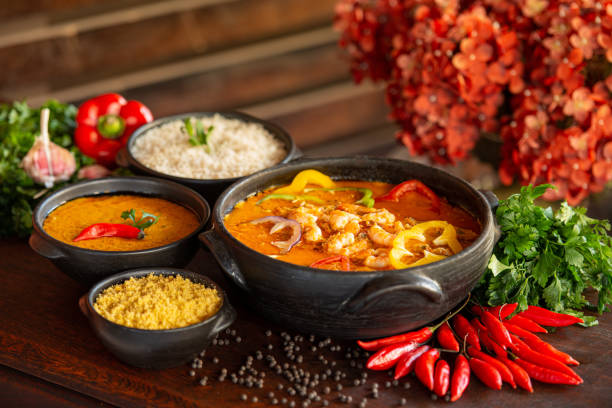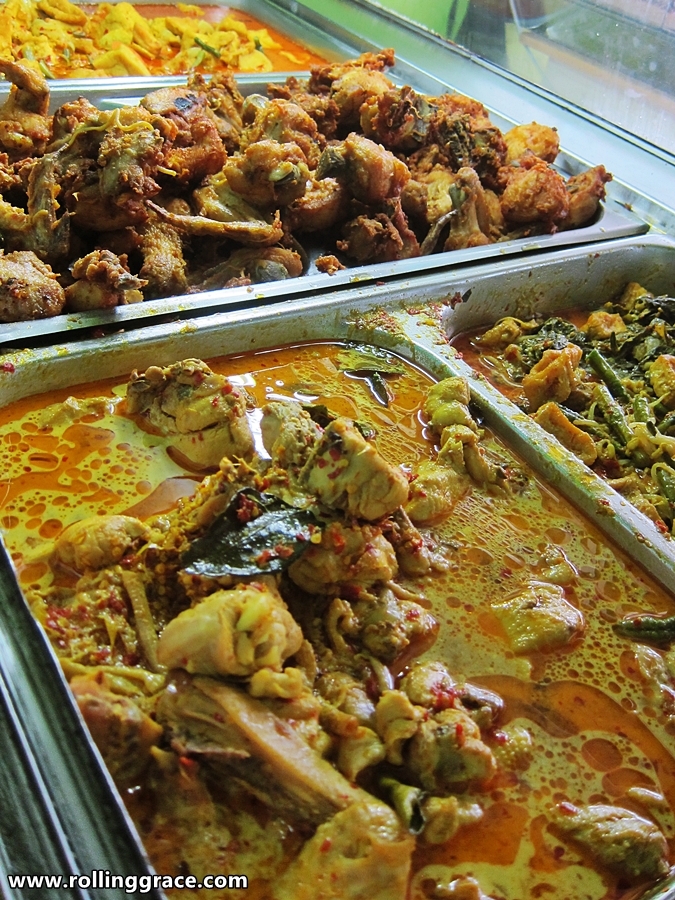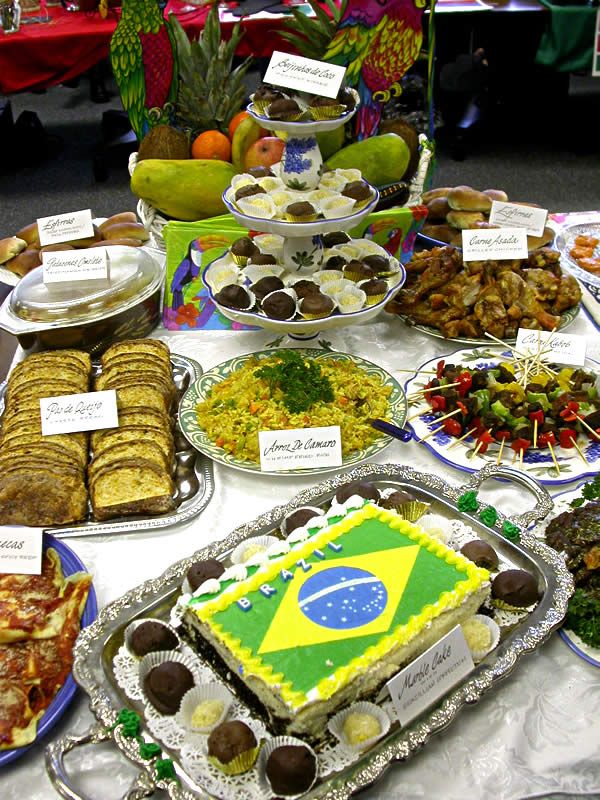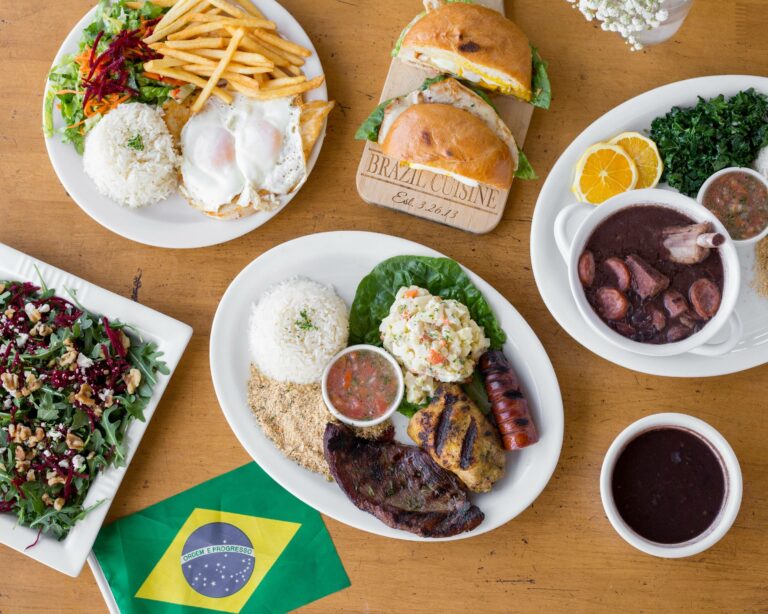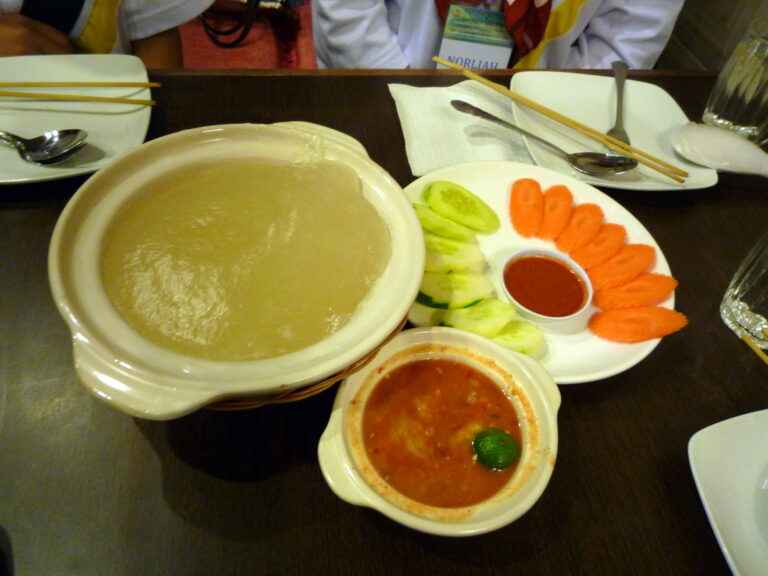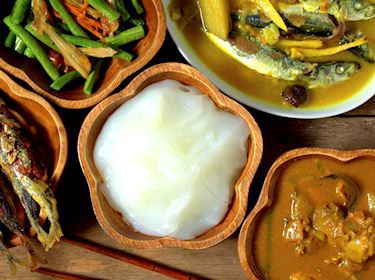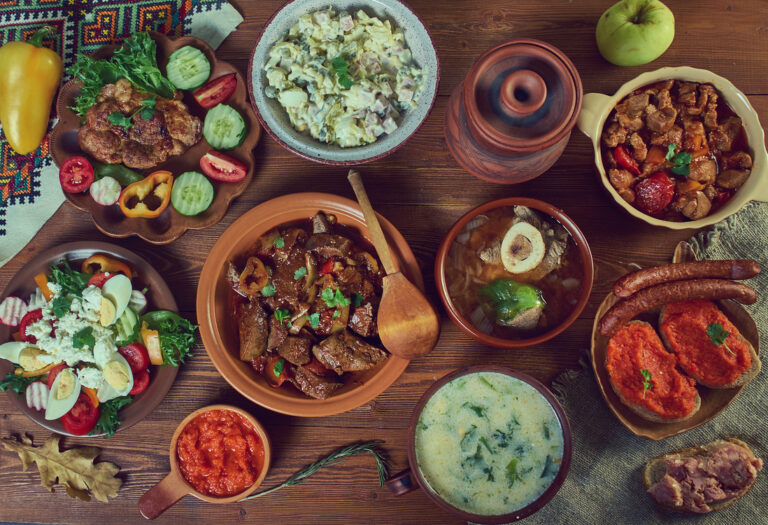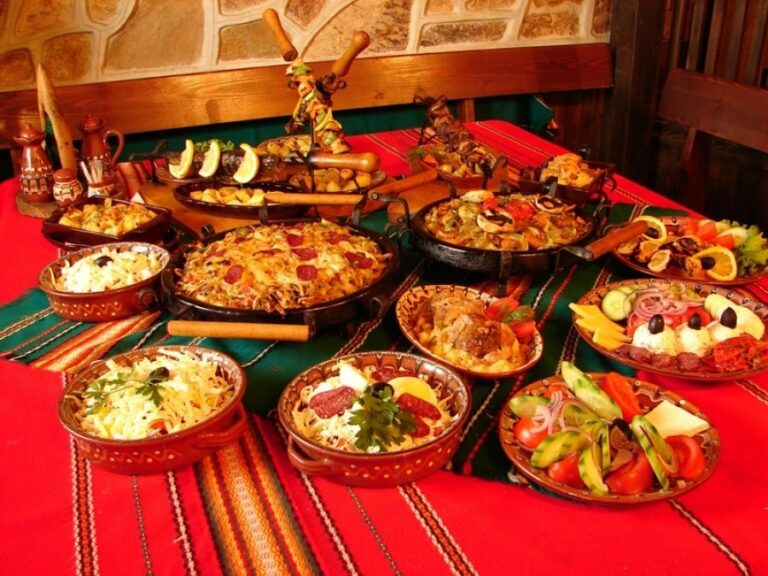Introduction: Botswana Spice Blends in Cooking
Spices play a significant role in the culinary traditions of Botswana. The country’s cuisine is a blend of indigenous and colonial influences, with spices being a critical component in adding flavor and aroma to dishes. The use of spices in Botswana cooking is essential in creating delicious, mouth-watering dishes that are enjoyed by locals and visitors alike.
The Importance of Spices in Botswana Cuisine
Spices are essential in Botswana cuisine for several reasons. They add flavor and aroma to dishes, and they are believed to have nutritional and medicinal properties. In Botswana, spices are used to enhance the natural flavors of ingredients and to balance the taste of dishes. Spices are also used to create distinct regional flavors and to reflect the country’s diverse cultural heritage.
History of Botswana Spice Blends
The use of spices in Botswana cooking can be traced back to the country’s pre-colonial era. Indigenous spices like dried berries, roots, and leaves were used to flavor dishes. With the arrival of European settlers in the 19th century, new spices like cinnamon, cloves, and ginger were introduced. Botswana cuisine has since evolved, with the incorporation of both traditional and modern spices and cooking techniques.
Botswana Spice Blends: Ingredients and Preparation
There are several traditional Botswana spice blends used in cooking. Each blend consists of a unique combination of ingredients that are carefully selected to create a distinct flavor and aroma. Some common ingredients in Botswana spice blends include cloves, cinnamon, ginger, cardamom, and coriander. The spices are usually ground into a fine powder and mixed together in specific ratios to create the desired flavor profile.
Popular Botswana Spice Blends for Meat Dishes
Botswana’s meat-based dishes are flavorful and aromatic, thanks to the use of traditional spice blends. One popular blend is the Morogo wa dinawa, which consists of dried morogo leaves, salt, and pepper. Another popular blend is the sechu, which is made from ground peanuts, coriander, cumin, and chili powder. These blends are typically used to season beef, game meat, and poultry dishes.
Botswana Spice Blends for Vegetarian Dishes
Vegetarian dishes in Botswana are also seasoned with traditional spice blends. The most popular is the segwapa, which is a blend of coriander, cumin, and chili powder. It is used to season vegetable stews and soups. Another popular blend is the morogo wa dikhudu, which is a mix of dried morogo leaves, ground peanuts, and salt. It is used to season bean-based dishes.
Using Botswana Spice Blends for Soups and Stews
Soups and stews are staple dishes in Botswana cuisine, and traditional spice blends are used to add flavor and aroma. One popular blend is the phutu wa marula, which is a combination of marula fruit pulp, ginger, and coriander. It is used to season meat-based soups and stews. Another popular blend is the kgotla powder, which is a mix of coriander, cumin, and chili powder. It is used to season vegetable stews.
Botswana Spice Blends: Tips for Cooking and Recipe Ideas
When cooking with traditional Botswana spice blends, it is important to use fresh, high-quality ingredients for the best flavor. It is also essential to use the right amount of spices to avoid overpowering or underwhelming the dish’s taste. Some recipe ideas for using Botswana spice blends include beef stew with sechu, traditional peanut and bean soup with morogo wa dikhudu, and vegetable curry with segwapa.


